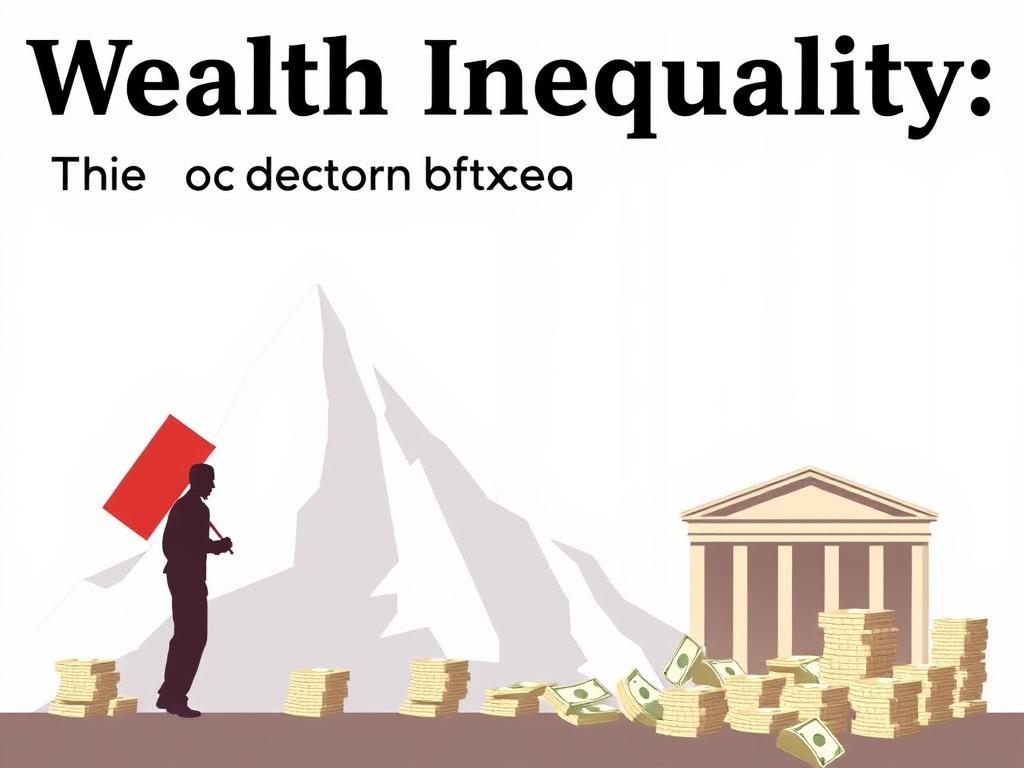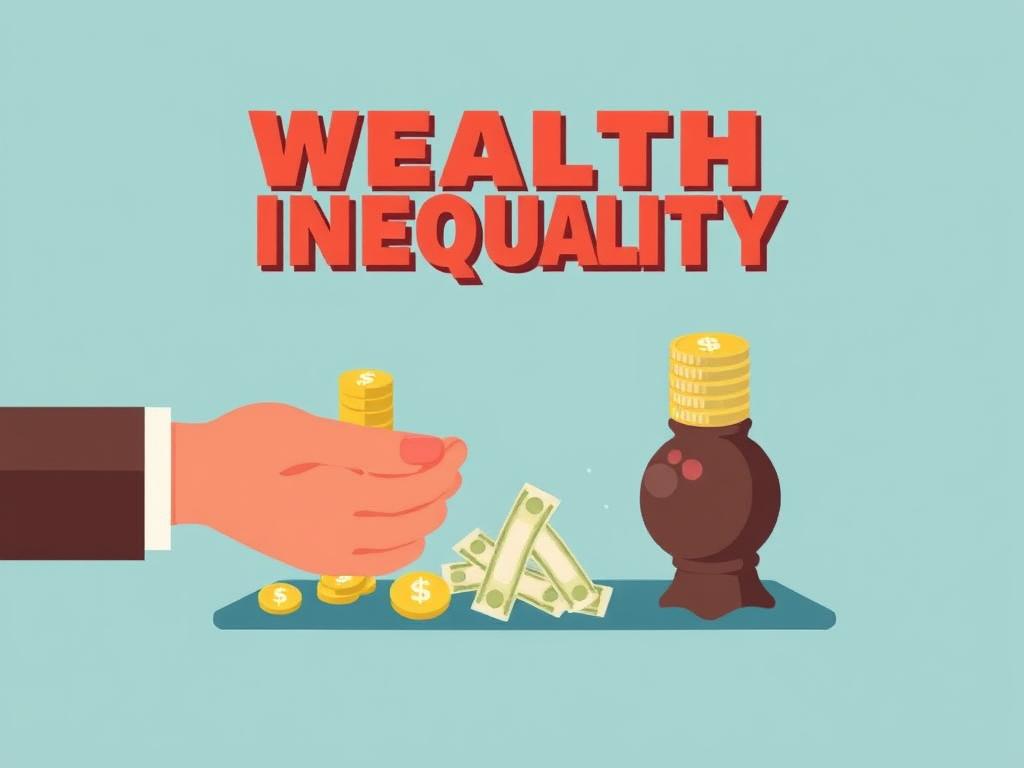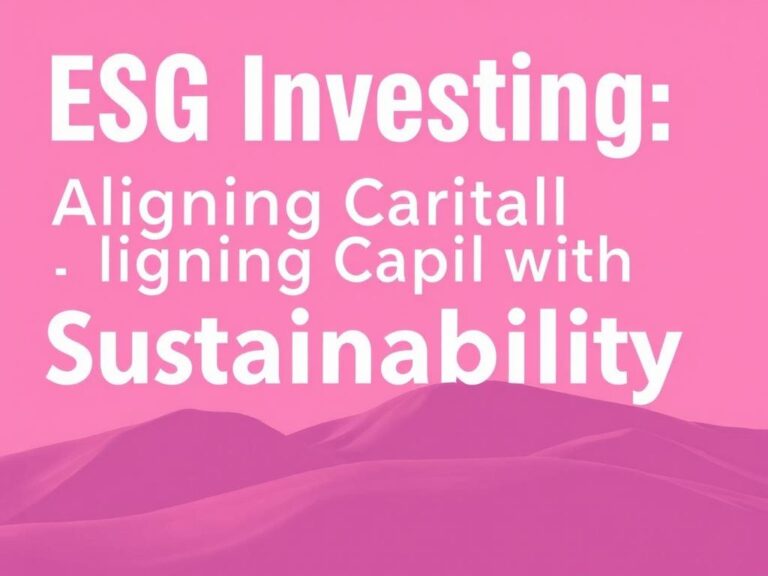Wealth Inequality: The Concentration of Capital and Its Impact on Society
Wealth inequality is one of the most pressing issues in today’s world, shaping economies, politics, and social structures across nations. At its core, wealth inequality refers to the uneven distribution of assets and resources among individuals and groups. This concentration of capital in the hands of a few has profound implications, affecting everything from economic mobility to social justice. In this article, we’ll explore the roots and consequences of wealth inequality, the factors driving the concentration of capital, and why understanding these dynamics matters to us all.
Understanding Wealth Inequality
Wealth inequality differs from income inequality in that it focuses on accumulated assets—such as real estate, stocks, and savings—rather than just earnings. While income shapes how much people can spend or save on a daily basis, wealth provides a safety net and a platform for future opportunities. When wealth is heavily concentrated, fewer people have access to the resources needed to invest in education, start businesses, or weather financial hardships.
One of the biggest challenges in tackling wealth inequality is its persistence and self-reinforcing nature. The concentration of capital tends to grow over time through mechanisms like inheritance, returns on investments, and ownership of productive assets. This cyclical process means that those who start with more tend to accumulate exponentially more wealth, while others struggle to break into this exclusive group.
Key Drivers of Wealth Concentration
The concentration of capital does not happen by accident. Several interconnected factors contribute to this trend:
- Inheritance and Intergenerational Transfers: Wealth is often passed down within families, allowing subsequent generations to start from a position of advantage.
- Returns on Capital Exceed Economic Growth: When the return on investments consistently outpaces wages and overall economic growth, wealth holders gain disproportionately.
- Tax Policies: Tax systems in many countries tend to favor capital gains and wealth transfers over labor income, enabling wealth accumulation at the top.
- Globalization and Technology: These have increased opportunities for high-skilled workers and capital owners, while many low and middle-income earners face stagnating wages.
How Wealth Inequality Shapes Economies and Societies
The concentration of capital has far-reaching effects beyond simple numbers on balance sheets. Economically, when wealth is unevenly distributed, it can limit overall demand because lower-income households typically spend a higher share of their income than the wealthy. This reduced spending power can slow down economic growth and job creation.
Socially, wealth inequality can exacerbate divides between communities and fuel frustration. When people see a small elite controlling a majority of resources, trust in institutions and government can erode. Political power may also become skewed because wealthy individuals and corporations can influence policy and elections to protect their interests.
Consider the following table that compares the effects of wealth concentration on different societal dimensions:
| Dimension | Impact of Wealth Concentration |
|---|---|
| Economic Growth | Slower growth due to lower consumption and investment from the majority |
| Social Mobility | Reduced opportunities as wealth barriers limit access to education and capital |
| Political Influence | Increased lobbying and policy capture by the wealthy minority |
| Social Cohesion | Higher inequality often leads to social unrest and weakening of community bonds |
Possible Solutions to Address Wealth Inequality
Despite the daunting nature of wealth inequality, there are pathways to mitigate its effects and promote a fairer distribution of capital. Various policy proposals and societal changes are being discussed and implemented around the globe.
Progressive Taxation and Wealth Taxes

One direct approach is to adjust tax policies to ensure that the richest individuals contribute their fair share. Progressive taxation increases rates as income or wealth rises. Some countries have introduced or debated wealth taxes, which levy annual charges on net assets beyond certain thresholds. Though sometimes controversial, these tax measures can generate revenue for public goods and help reduce concentration.
Improving Access to Education and Capital
Creating opportunities for people from all backgrounds to access quality education and affordable financing is essential. Scholarships, student loan reforms, and initiatives that support entrepreneurship among underserved communities can open doors to wealth-building.
Regulating Financial Markets and Corporate Governance
Policies that promote transparency and restrain excessive risk-taking in financial markets can prevent some forms of wealth concentration. Additionally, encouraging corporate governance that balances shareholder interests with broader societal goals can help curb wealth concentration in mega-corporations.
Encouraging Inclusive Economic Growth
Strategies that foster wage growth, labor rights, and social safety nets empower workers and reduce economic disparities. A growing economy that benefits a broad base of people can help combat the deepening divide caused by the concentration of capital.
The Role of Individuals and Society
While structural changes are crucial, individuals and society play important roles in addressing wealth inequality. Awareness and education about the issue can drive public support for reforms. Consumers can also influence corporate behavior by demanding fair labor practices and ethical business models.
In addition, philanthropy and impact investing by wealthy individuals can contribute to social good, though critics argue that systemic change should not rely solely on voluntary generosity. Ultimately, building a more equitable economy requires cooperation between governments, businesses, communities, and individuals.
Summary of Key Points and Actions
| Aspect | What It Entails | Why It Matters |
|---|---|---|
| Tax Reform | Implementing progressive taxes and wealth levies | Raises revenues and reduces excessive accumulation |
| Education Access | Expanding scholarships and affordable financing | Enables upward mobility and wealth-building |
| Financial Regulation | Improving transparency and corporate governance | Prevents risky behaviors that concentrate wealth |
| Inclusive Growth | Raising wages and protecting workers | Diversifies economic benefits across society |
| Public Awareness | Education campaigns and consumer activism | Builds support for systemic reforms |
Conclusion

Wealth inequality, driven by the concentration of capital, is a complex and deeply rooted problem that affects many parts of our societies and economies. Its persistence threatens economic stability, fairness, and social cohesion, making it a challenge that requires urgent attention. While no single solution exists, a combination of thoughtful policy reforms, improved access to opportunity, and active civic engagement can help reduce this divide over time. Understanding how wealth accumulates and concentrates empowers us to advocate for a future where prosperity is more broadly shared, ensuring a healthier economy and a more just society for all.







